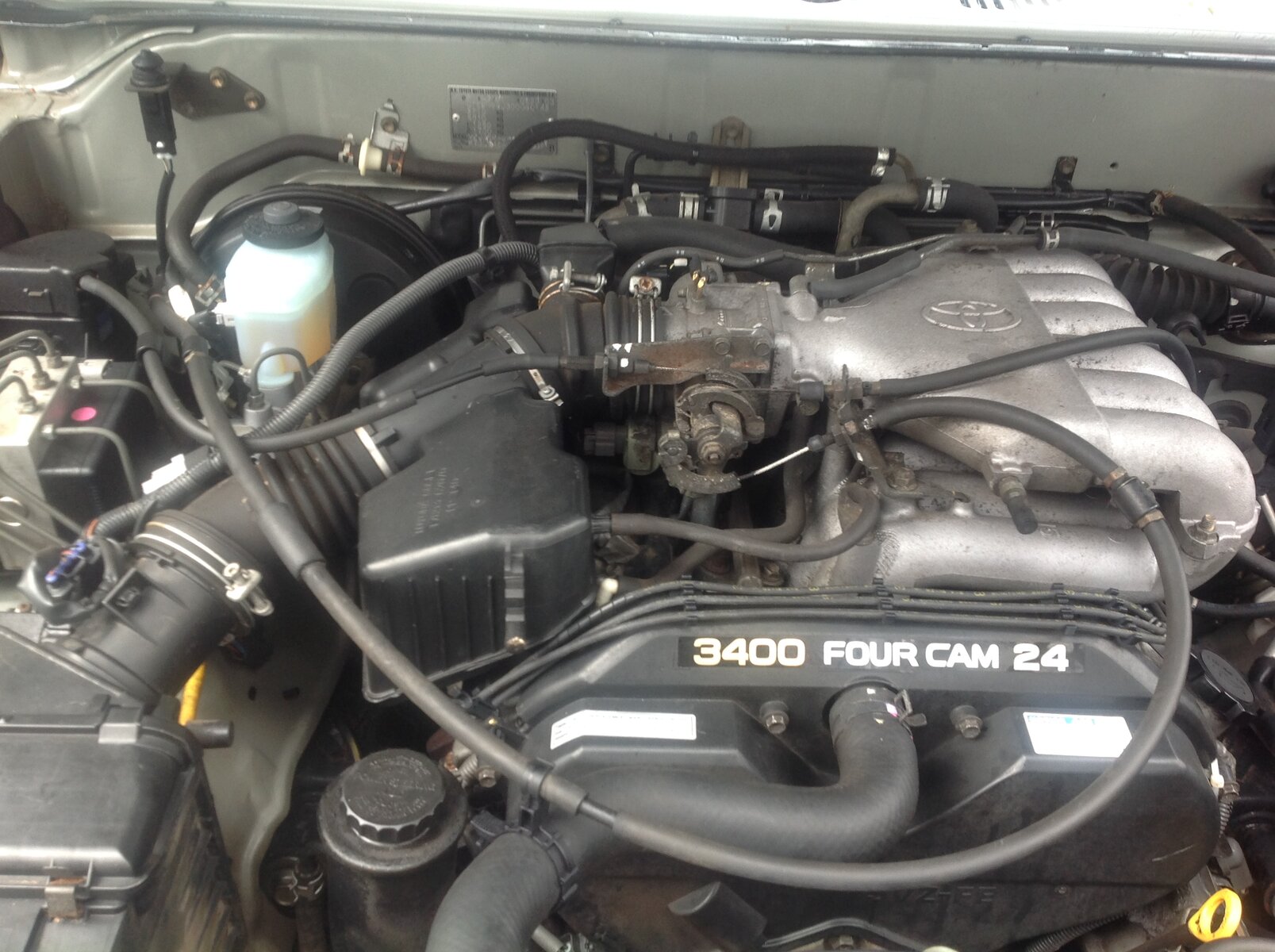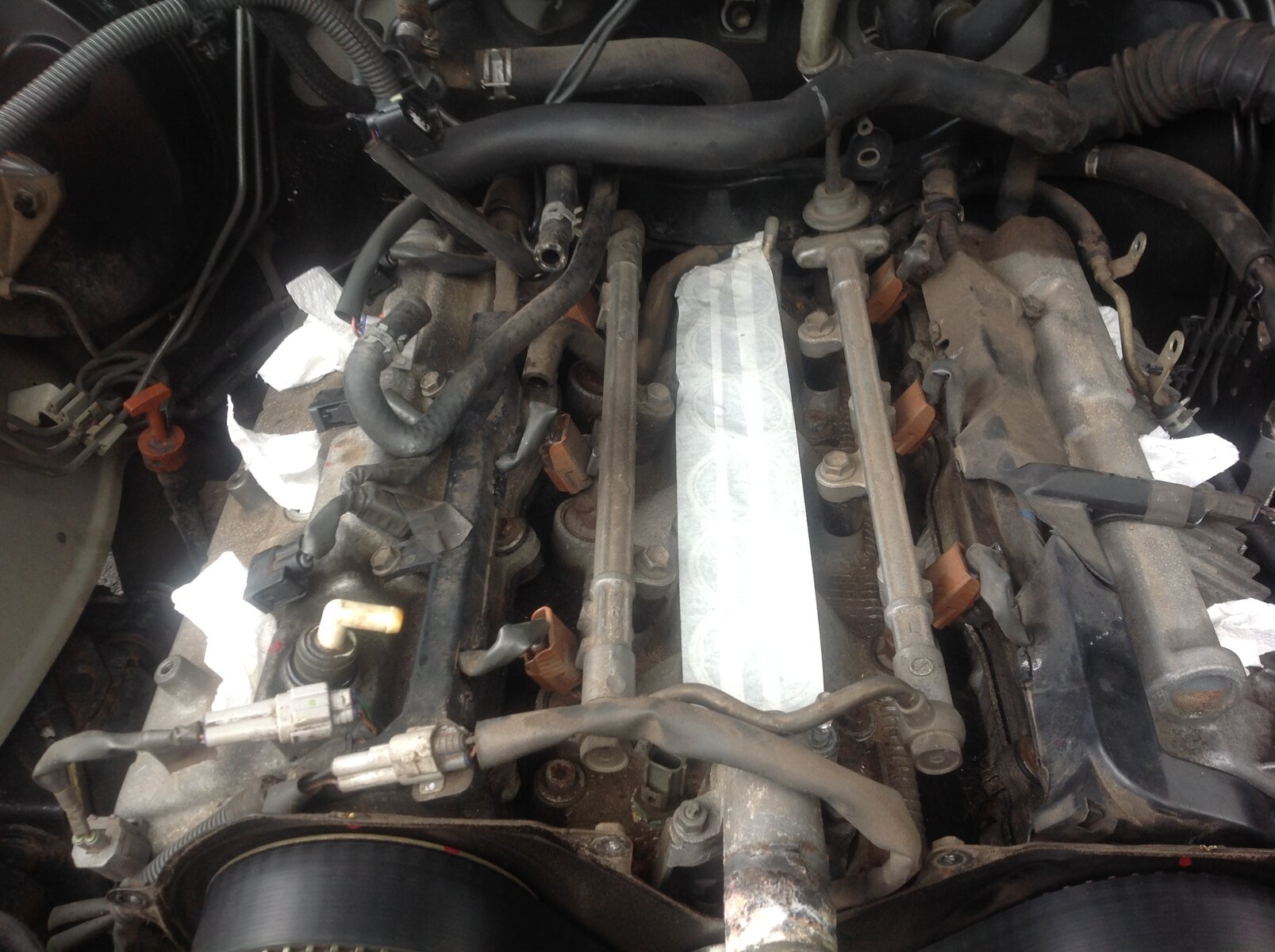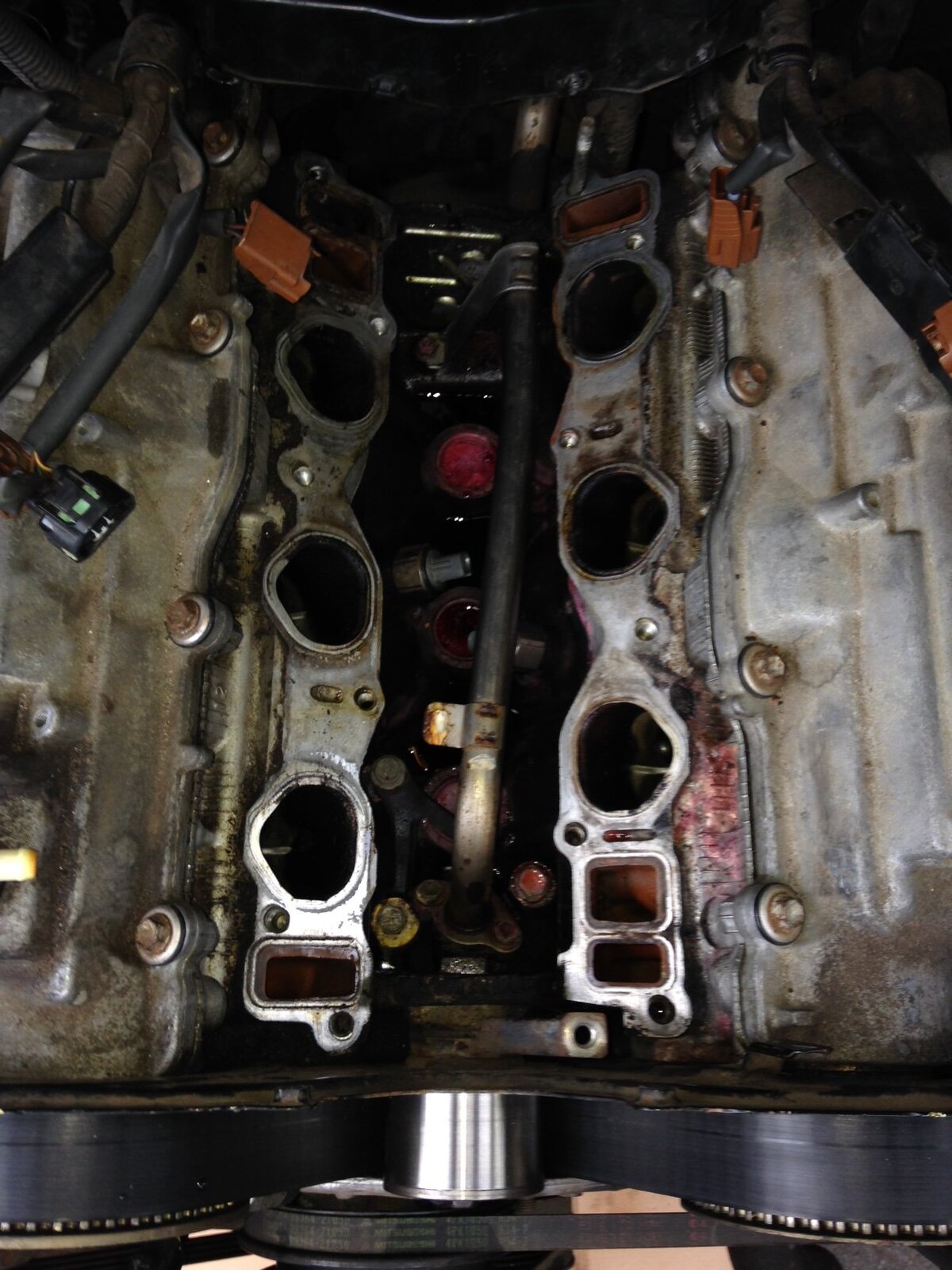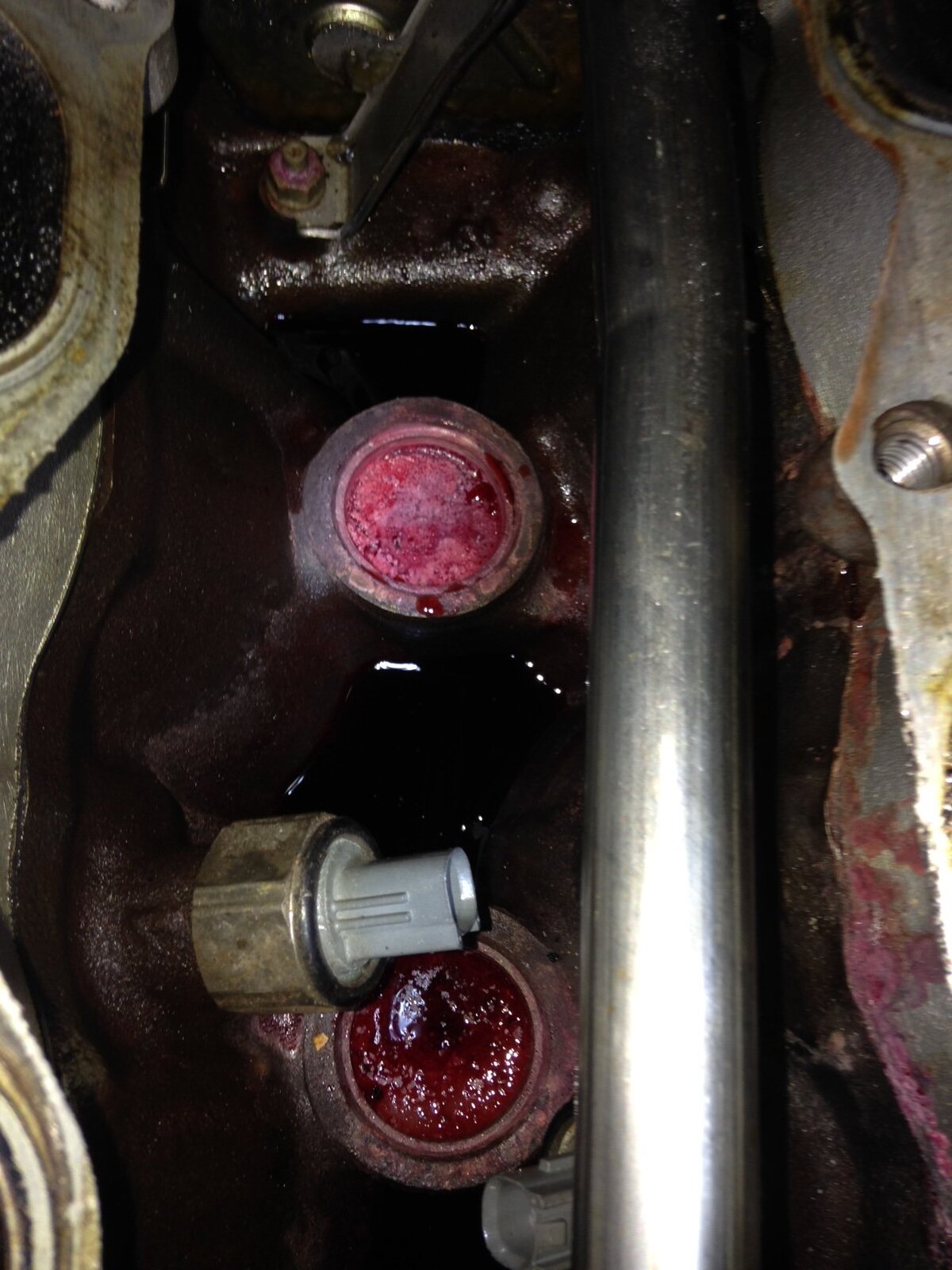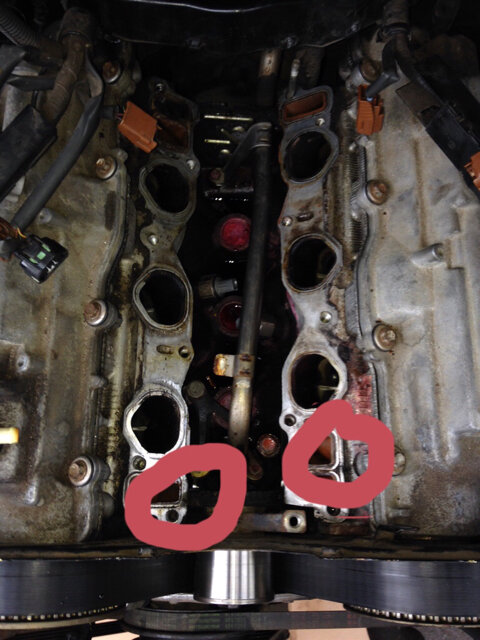Hi all,
First post here so hopefully someone can help. I have a 2000 Colorado 3.4 V6 that has a P0325 fault code. I believe this refers to a knock sensor circuit fault on sensor 1.
The one thing that has me slightly confused is the engine management warning light. I would have thought that if the knock sensor circuit had a fault the warning light would come on straight away as soon as you start the engine.
However, the light only comes on once you have been driving for a few minutes, once the engine has had time to warm up. You can feel the ignition retard just before the light appears and then the engine is pretty gutless. Makes overtaking even slow tractors really interesting
Has anyone ever had this fault on their V6? Did the warning light come on straight away as soon as you turned the key or did it come on a little later like mine? Has anyone had experience of taking the air intake manifold off to get at the sensors and sensor cable?
First post here so hopefully someone can help. I have a 2000 Colorado 3.4 V6 that has a P0325 fault code. I believe this refers to a knock sensor circuit fault on sensor 1.
The one thing that has me slightly confused is the engine management warning light. I would have thought that if the knock sensor circuit had a fault the warning light would come on straight away as soon as you start the engine.
However, the light only comes on once you have been driving for a few minutes, once the engine has had time to warm up. You can feel the ignition retard just before the light appears and then the engine is pretty gutless. Makes overtaking even slow tractors really interesting
Has anyone ever had this fault on their V6? Did the warning light come on straight away as soon as you turned the key or did it come on a little later like mine? Has anyone had experience of taking the air intake manifold off to get at the sensors and sensor cable?




